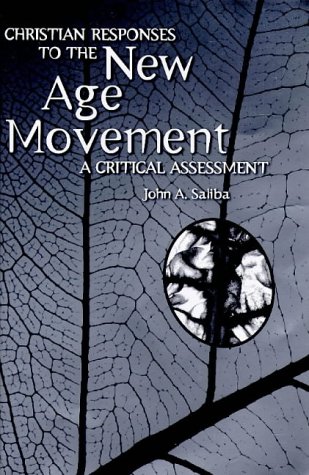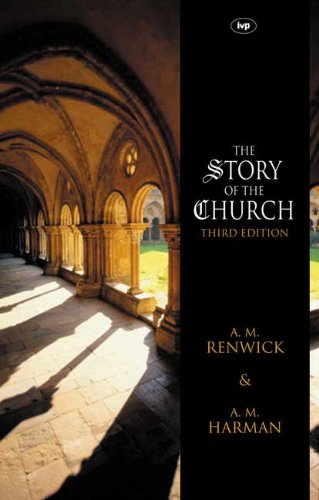Historical Israel: Biblical Israel Studying Joshua to 2 Kings
Written by Mary E. Mills Reviewed By Andrzej TurkanikThis book is part of a series aimed at ‘those taking a course of biblical studies’. The author seeks ‘to examine the literary account of Israel’s history … and to investigate how far these accounts form “the history of Israel” ’ (1), by exploring the historical, literary, sociological and theological aspects of Joshua to 2 Kings.
The first part deals with historicity, Mills gives a helpful overview of scholarly discussion of the Deuteronomistic History, introducing the reader to the key questions and players. She asks if the narrative of the conquest and settlement in Canaan can be taken as a ‘true’ history. In addressing this and subsequent questions, Mills generally does not propose her own views, but refers the reader to recent scholarly debate. For the conquest narrative, it is the writings of Lemche, Whitelam and Davies which Mills finds relevant and representative, balanced only by the writings of Younger. As a result, archaeological evidence is seen as highly inconclusive, and comparing it with the relevant texts does not prove ‘the accuracy of the details of the biblical stories’ (44). Regarding the Solomon narrative Mills follows the arguments of Jamieson-Drake, stating that there is no convincing evidence for ‘a centralised national state under Solomon capable of supporting a generally literate population, not only at the centre in Jerusalem, but also in localities within the state’ (47). Thus Joshua to 2 Kings cannot be read as history but only as historiographical accounts.
The second part introduces alternative methods of reading the ancient text. Mills argues that they ‘have equal value since each produces its own type of truth. No longer is there a focus on one, single, absolute truth, rather a variety of parallel, independent truths are brought to the reader’s attention’ (59). As examples of narrative criticism we find an investigation of the literary style of tragedy applied to the Saul and David narratives, consideration of Israel as a ‘tragic hero’ (82), and the inquiry into the role of women, applying feminist criticism.
The third part deals with theology. Mills discusses ideological criticism dealing with the relationship of God and Israel as partners in covenant treaty, and the nature and character of God as represented in these texts.
In spite of the complex material discussed, the book is not difficult to read. The style is lucid and the arguments are easy to follow. One of the benefits for beginning students not familiar with the story line will be a thorough introduction to the themes of the books discussed.
The strength of the book is its interaction with the latest literature on the subject—it almost feels like a reader. However, I am not persuaded that the choice of literature does justice to the spectrum of views represented in contemporary discussion. Most of the recent scholarly contributions discussed represent the minimalist approach to the history of Israel. The insufficient treatment of other views gives the impression that the minimalist approach has superseded former approaches.
If one is looking for an introduction to the books Joshua to 2 Kings which incorporates newer methods of biblical criticism and post-modern application, this would be the one to go for. If a more balanced view of both historical and theological issues is required, there are better alternatives.
Andrzej Turkanik
St. Edmund’s College, Cambridge







